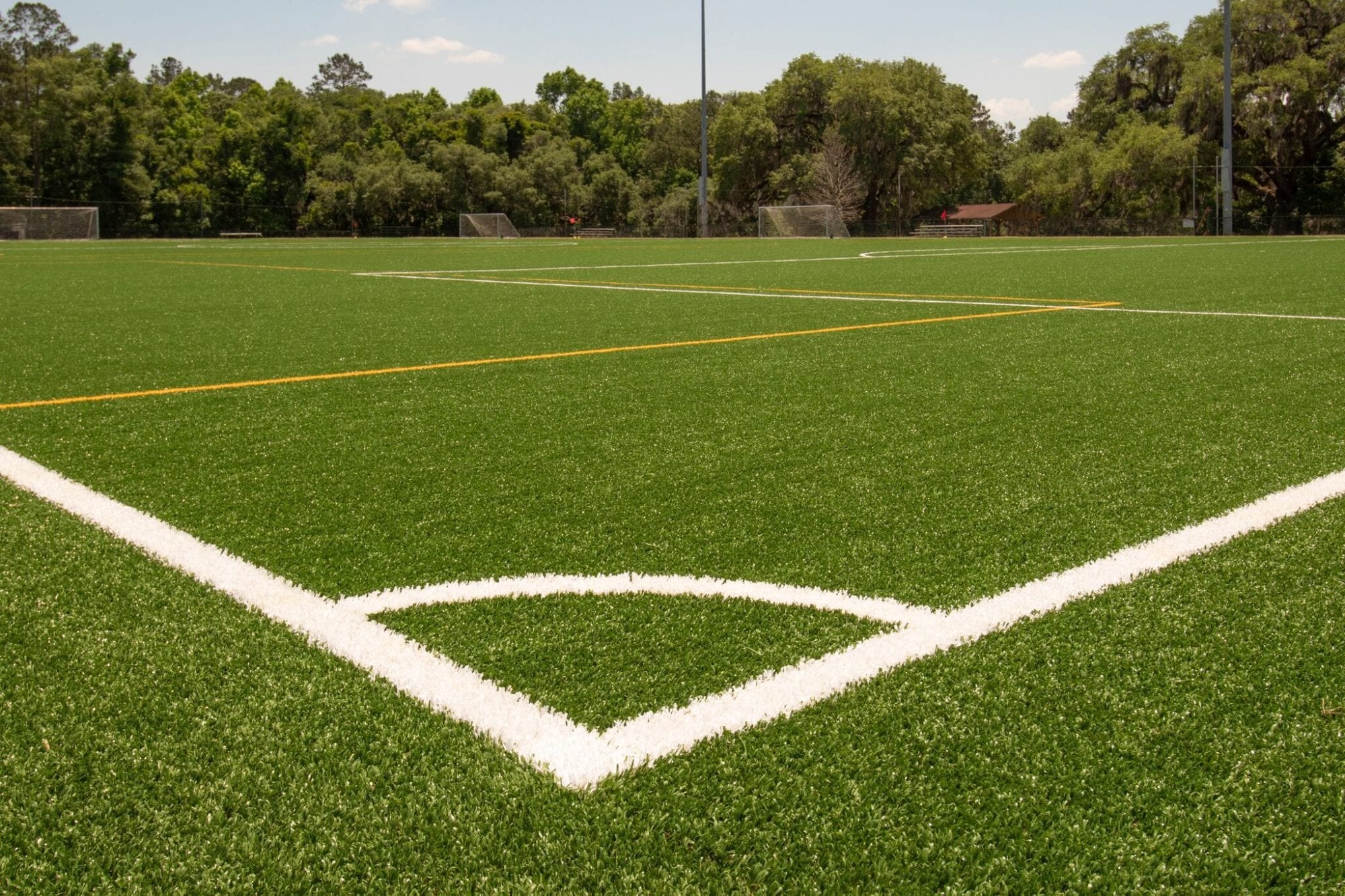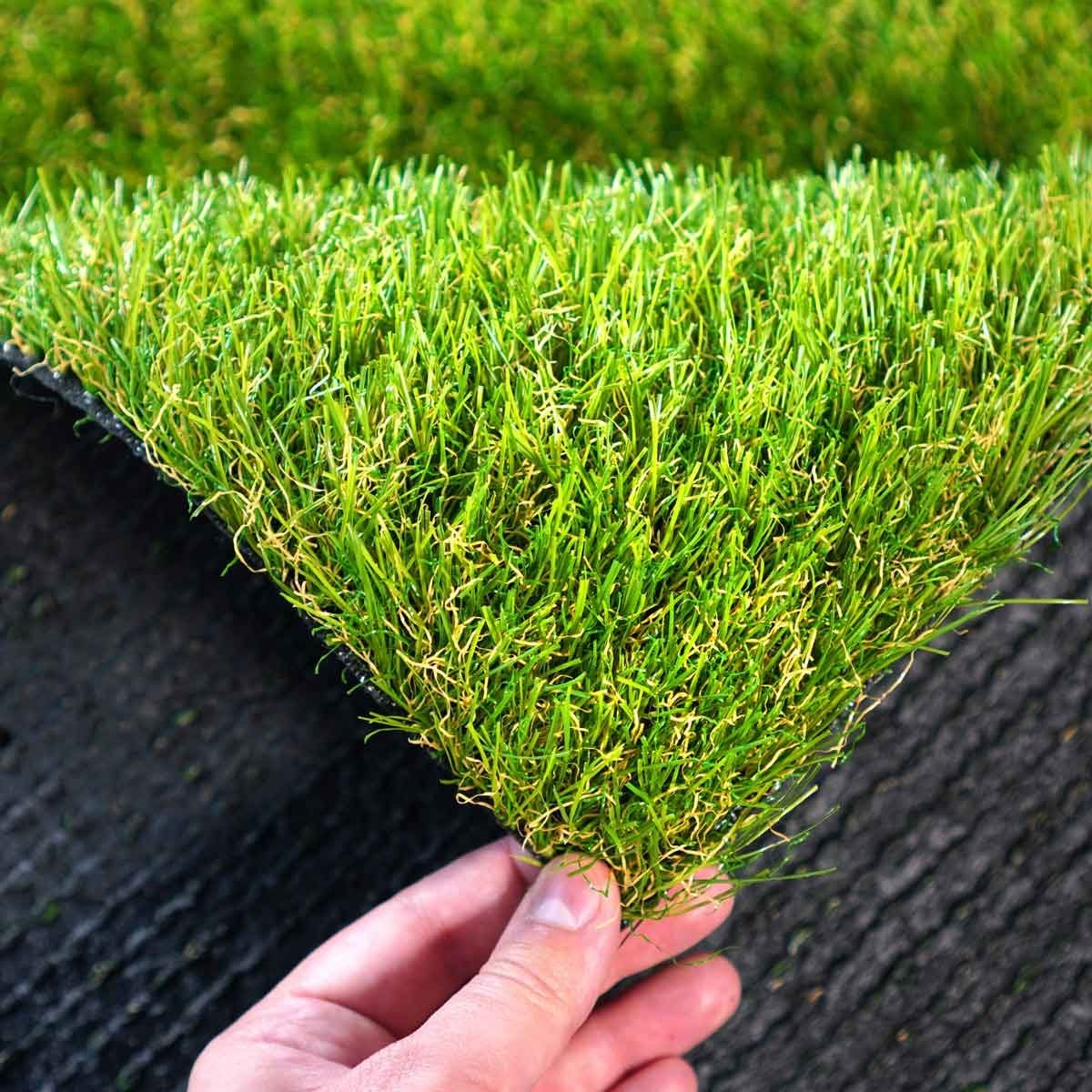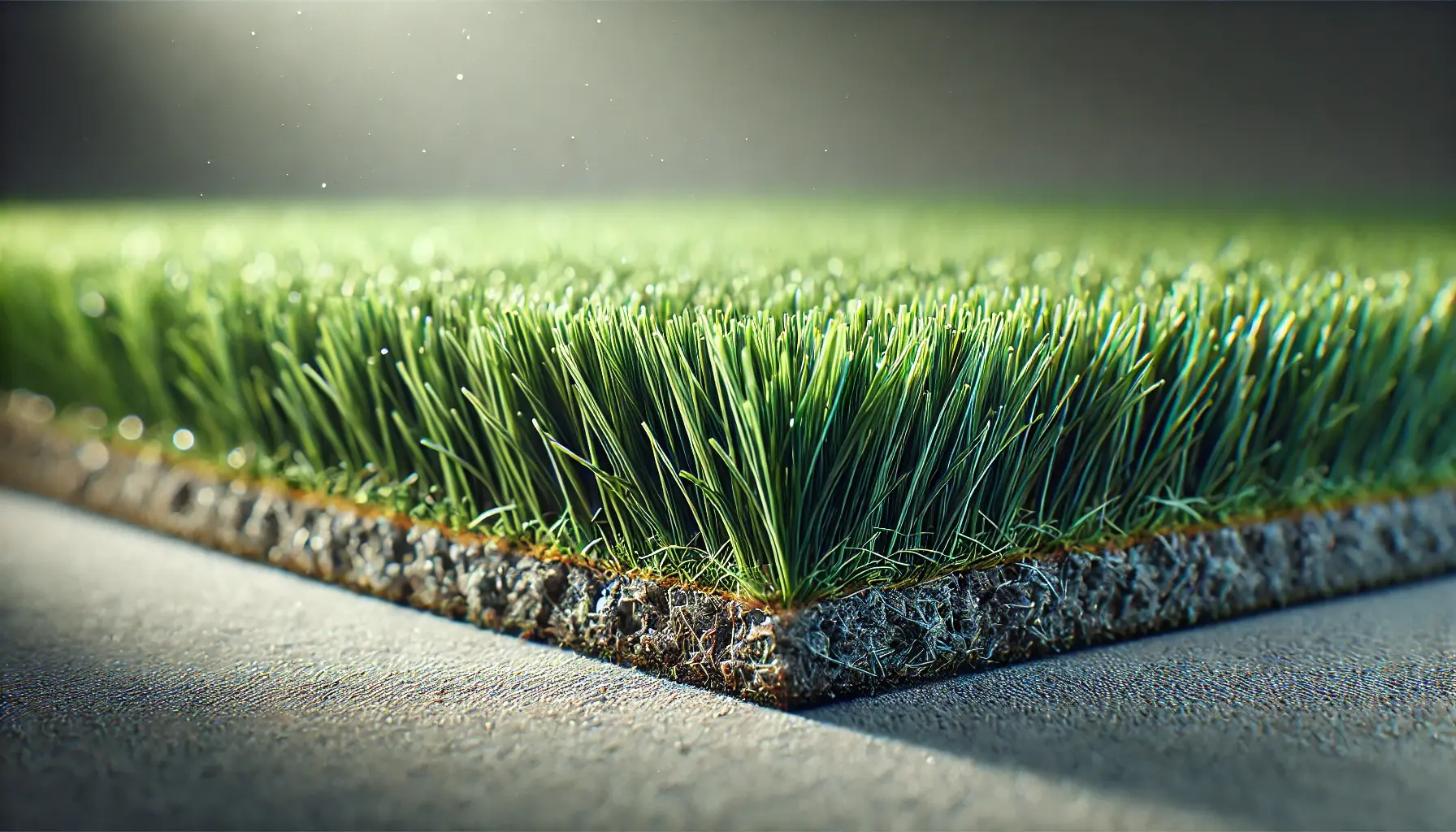Reliable Artificial Turf Companies Phoenix for a Lush and Evergreen Lawn
Reliable Artificial Turf Companies Phoenix for a Lush and Evergreen Lawn
Blog Article
Look Into the Environmental Benefits of Opting for Artificial Turf Solutions
The fostering of synthetic grass solutions offers a compelling possibility to attend to pressing ecological challenges. By dramatically minimizing water usage and decreasing the application of hazardous chemicals, these options not just advertise sustainable landscape design but likewise shield local environments. In addition, the lower carbon impact connected with decreased upkeep tasks adds to a more lasting method to land management. However, the ramifications of these advantages prolong past mere preservation efforts, increasing inquiries about their long-term effect on environment preservation and total ecological equilibrium. Discovering these dimensions exposes a complex interplay worth thinking about.
Water Preservation Conveniences
One of the most substantial advantages of man-made lawn is its capacity to save water. In contrast, fabricated lawn does not require watering, considerably decreasing the total demand for water sources.
By removing the requirement for normal watering, man-made grass adds to sustainable landscape techniques and assists alleviate the environmental effect of excessive water consumption. The preservation of water extends to the reduction of drainage, which can lead to dirt disintegration and waterway contamination.
Furthermore, the setup of synthetic grass permits property owners and communities to allocate water resources extra efficiently, focusing on necessary usages such as drinking water and farming. The shift in the direction of synthetic grass not only promotes accountable water use however additionally straightens with wider environmental goals focused on protecting all-natural resources.
As areas increasingly prioritize sustainability, the water conservation advantages of synthetic grass offer an engaging situation for its adoption in business and property landscaping projects.
Lowered Chemical Use
The shift to synthetic lawn considerably lowers the reliance on chemical treatments commonly made use of in natural lawn upkeep. Traditional turf management typically involves the application of herbicides, plant foods, and pesticides to promote development and control insects. These chemicals can posture threats to human wellness, regional wild animals, and the setting, adding to soil and water contamination.
On the other hand, fabricated turf eliminates the demand for these harmful materials. Once set up, it requires marginal upkeep, largely including regular cleansing and infrequent infill replenishment. This reduction in chemical use not only benefits the instant setting yet likewise contributes to wider ecological stability. By lessening the release of synthetic compounds right into the ecosystem, synthetic grass advertises much healthier dirt and water systems.
In addition, the lack of chemical runoff related to synthetic grass setups assists safeguard neighborhood waterways from air pollution, supporting water life and keeping biodiversity. Arizona turf. As areas significantly focus on sustainable techniques, choosing for artificial turf presents a sensible service that aligns with ecological preservation objectives. Via this shift, residential or commercial property owners can delight in lavish green spaces without endangering ecological wellness, leading the way for a much more sustainable future
Reduced Carbon Impact

Additionally, the installment of artificial turf can cause significant water preservation. All-natural lawns require considerable amounts of water for watering, which not only includes to the carbon footprint connected with water removal and therapy but additionally strains neighborhood water sources. In comparison, artificial grass needs minimal upkeep, needing no watering, consequently considerably reducing water use and its linked energy prices.
Additionally, the longevity of synthetic grass adds to its decreased carbon influence. With a lifespan of approximately 15 years or even more, the demand for regular replacements is reduced, leading to less waste and lower energy usage in manufacturing and dealing with typical lawn alternatives. On the whole, synthetic grass presents a sustainable alternative for eco mindful landscape design.
Environment Conservation
Habitat preservation is a vital factor to consider in the discussion over landscaping options, specifically internet when contrasting synthetic grass to natural yard. All-natural turf lawns frequently call for considerable upkeep, including making use of pesticides, herbicides, and plant foods, which can negatively affect neighborhood ecosystems. These chemicals can leach right into the dirt and rivers, harming indigenous plants and fauna and interfering with regional habitats.
Fabricated grass removes the need for unsafe chemicals, thus protecting neighboring wild animals and preserving the integrity of surrounding ecological communities. The installation of artificial lawn can lead to the conversion of former yard locations right into even more biodiverse landscapes, such as pollinator yards or indigenous plant locations, which can support local wildlife.
Eventually, the shift to synthetic grass not just preserves water and minimizes upkeep efforts but additionally promotes an extra unified relationship in between human activities and the natural surroundings, promoting environment preservation in the procedure.
Long-Term Sustainability
Lasting sustainability is a crucial consider reviewing the benefits of man-made lawn over traditional turf lawns. Among the i thought about this most considerable benefits of artificial grass is its toughness; it can last up to 15-20 years with marginal maintenance, whereas all-natural grass needs regular reseeding and replacement. This durability minimizes the need for consistent resources, such as water, fertilizers, and chemicals, which are important for preserving a healthy and balanced grass yard.
Furthermore, synthetic grass adds to a reduction in carbon emissions related to lawn treatment devices. Conventional grass usually call for gas-powered mowers, leaners, and blowers, every one of which contribute to air pollution. Arizona turf. On the other hand, synthetic grass removes the need for such devices, advertising a cleaner environment
Additionally, the manufacturing of artificial grass progressively uses recycled products, boosting its sustainability profile. As suppliers embrace eco-friendly techniques, the ecological footprint of man-made turf remains to decrease.

Final Thought
The fostering of synthetic grass remedies presents considerable ecological advantages, consisting of significant water preservation, lowered dependence on hazardous chemicals, and a reduced carbon footprint. Artificial grass aids in preserving all-natural environments by lessening land disruption and advertising long-lasting sustainability via the use of resilient products. Jointly, these elements emphasize the capacity of man-made lawn to add favorably to environmental wellness and provide a practical option to conventional landscaping techniques in an increasingly resource-conscious globe.
In comparison, synthetic turf does not need watering, substantially reducing the general demand for water sources. By lessening the launch of synthetic compounds right into the environment, artificial turf promotes healthier soil and water systems.
In addition, the installation of artificial grass can result in considerable water preservation. In comparison, artificial grass requires very little maintenance, calling for no watering, thereby significantly lowering water usage and its associated energy expenses.

Report this page